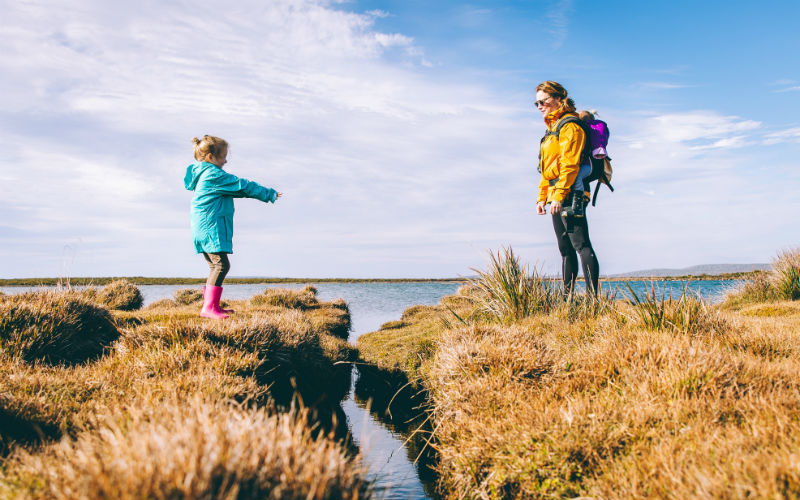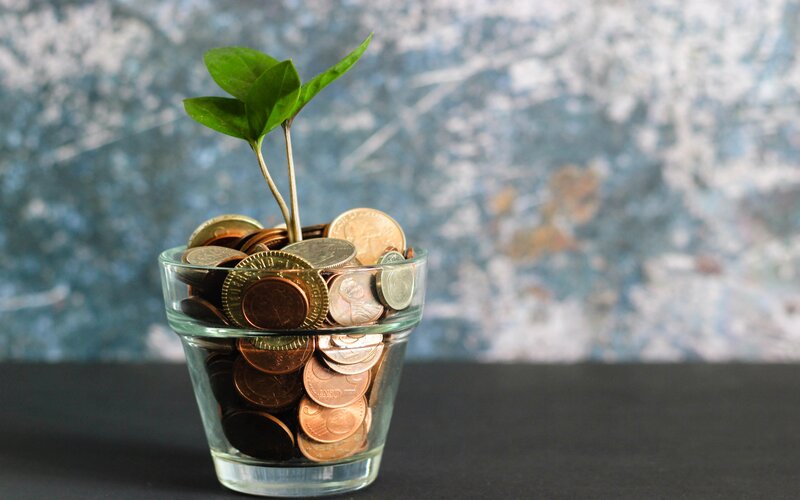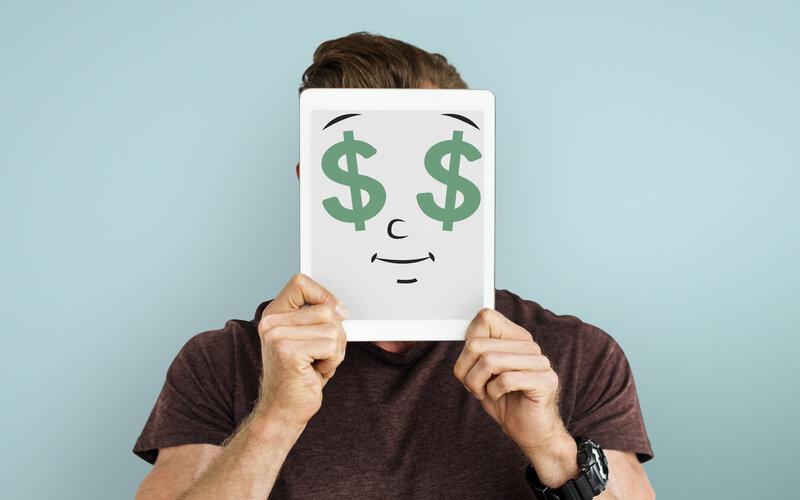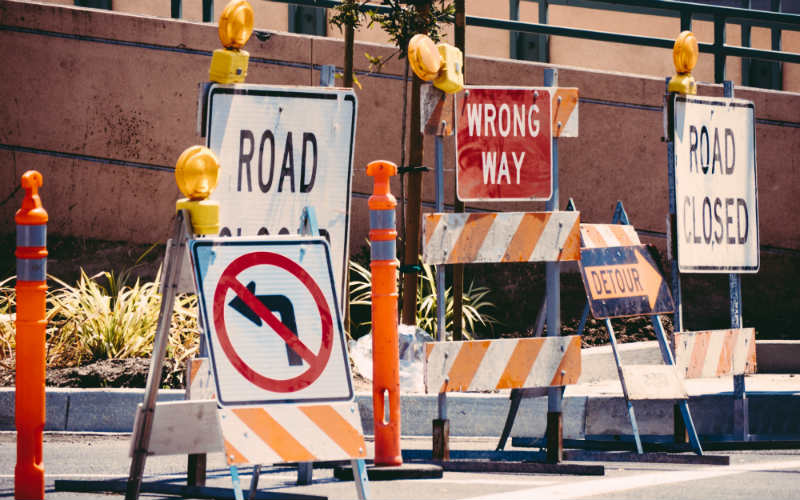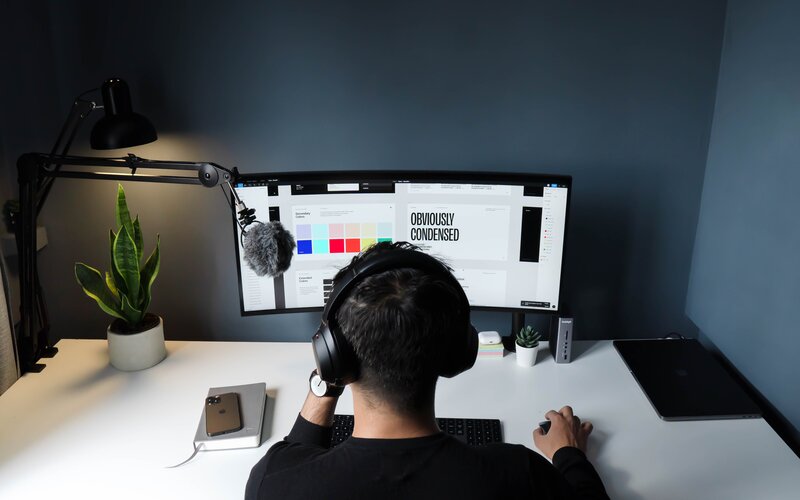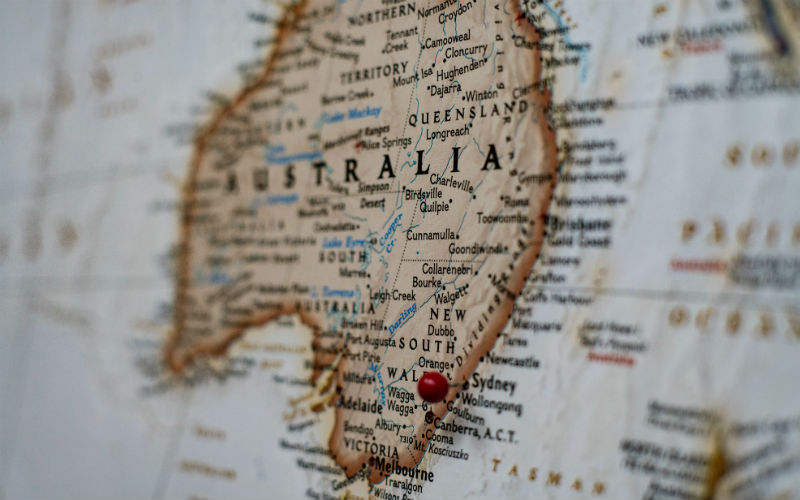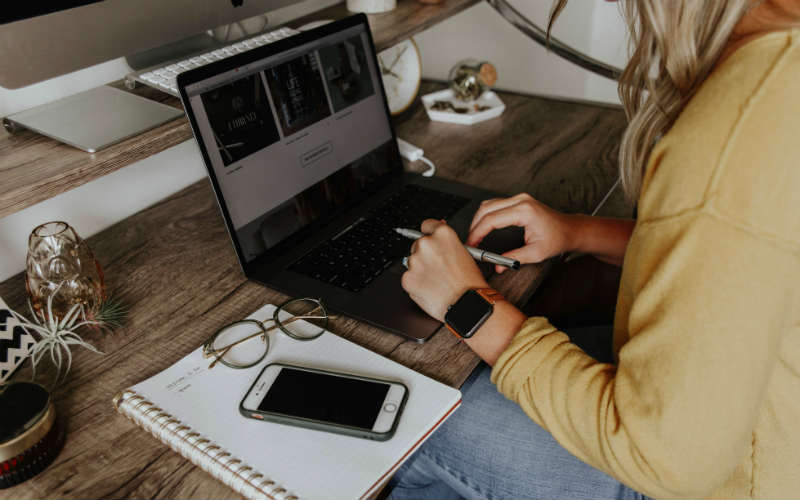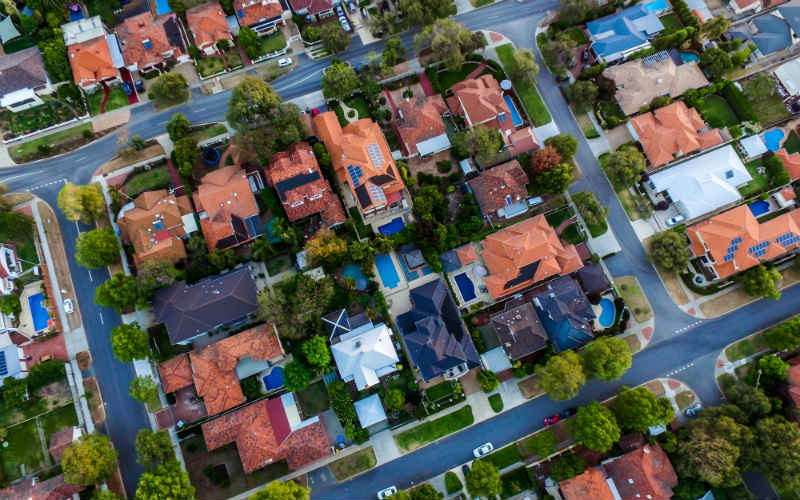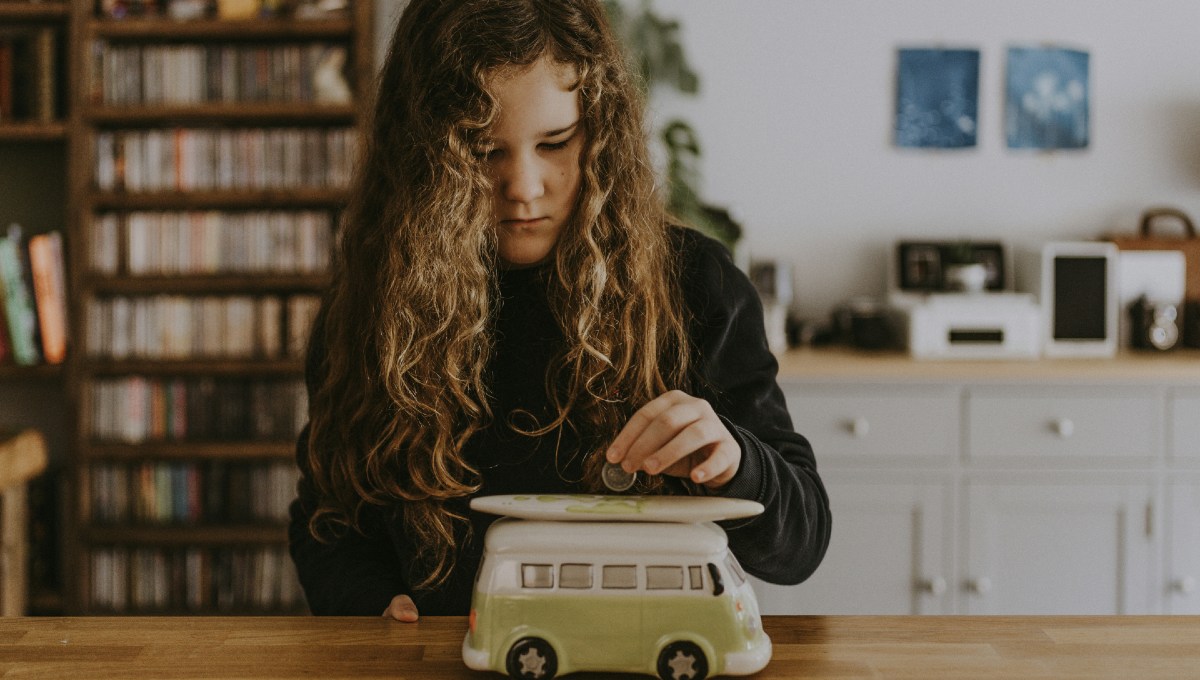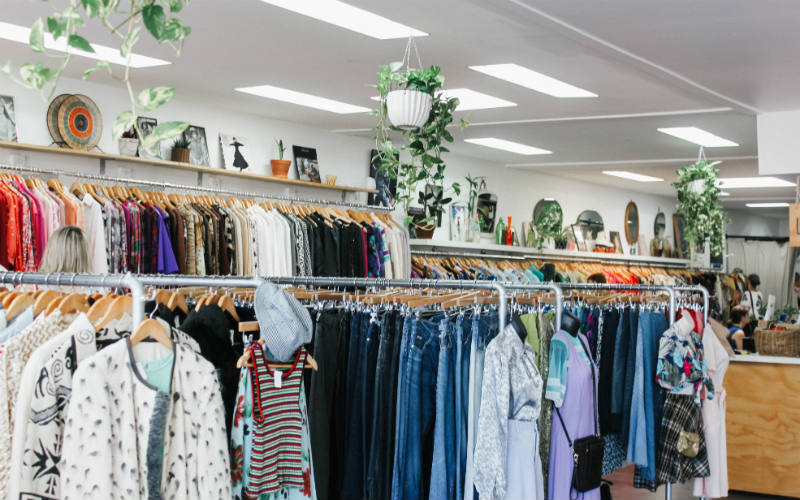Things might be going swimmingly for you right now. You might have a great house, great car, great family, and some cash left over for some of those fun things you like to do. But no matter how good things are, they can always go bad. To quote Murphy’s Law:
“Anything that can go wrong, will go wrong.”
And when I say anything, that means anything. It could be a car crash, a medical emergency, a relationship ending, family troubles or even financial abuse. It could also be a minor thing like needing a new phone or having to book a flight on short notice for a distant cousin’s wedding (that you don’t even want to go to).
These types of situations have broken many people before, but with an emergency savings fund, you could weather the storm.
What is an emergency fund?
An emergency fund is money you’ve set aside – either in one lump sum or slowly over time – to help you in a situation where you need immediate access to money you might not have had otherwise.
Say you needed to get your wisdom teeth pulled and found out it was going to cost you $3,000 because you don’t have health insurance. Building up an emergency savings fund can help offset some or all of this cost, so you don’t have to wallow in pain for all eternity.
But it seems many people had money on the brain when COVID stuck the world. The household savings ratio shot up from 3.6% in December 2019 to a peak of 23.6% in June 2020. While it has taken a dive since then back down to 13.6% in March 2022, this is still well above the savings rate prior to the pandemic.
While this is obviously good news, it doesn't necessarily tell the whole story. Research from NAB revealed more than 10% of Australians don't have $2,000 saved for an emergency, and 20% missed a bill or loan repayment in the first three months of this year.
Seemingly, the pandemic was good to some but not to others when it comes to wealth. Overall, wealth per capita skyrocketed from $428,000 to $522,000 over the 12 months to June 2021. However, the divide between high and low income households is wider than ever, with the highest 20% of earners bringing home more than six times that of the lowest 20% of earners according to research from ACOSS and UNSW.
So, how much are people actually saving? According to Westpac data, the average Westpac group customer holds $22,020 in their transaction, savings and term deposit accounts as of 31 December 2021. But when this is broken down by age group, and even the median, it's quite a different story. The older the customer, the more money saved (as you might have imagined). The average 18 to 24 year old has an average of $5,147 saved, while the average 75+ year old has $75,957.
With all of this information in mind, how much should you have in an emergency savings account?
How much emergency fund should you have?
Don’t think about your emergency savings fund having a particular dollar amount in it: think of it as covering an amount of time. Your situation might vary, but you’d generally want to save up between three and six months’ worth of expenses.
Why? Because according to SEEK, this is roughly how long it takes for people to find a new job, which is a common reason for people dipping into savings. Over a quarter of people seeking a new job have been searching for this long. If you to lose your job for any reason (or you left willingly), it would be wise to have some cash stored away to help pay for:
- Rent or mortgage repayments
- Food
- Utility bills
- Any children’s expenses, like education and clothing
- Transport
- Entertainment
Using a budget planner, calculate how much you spend on essential goods and services in a three to six month period. This is how much you should set aside and then some, unless you want to live so frugally you have to start recycling paper towels. Budgeting and savings apps such as Pocketbook track your spending for you so you can allocate it into categories.
How to start an emergency fund
Hopefully you’ve already done step one: work out up to six months’ worth of expenses and create a budget of how much you need to save. You can then move onto the next steps:
1. Find a high-interest savings account
Ideally, you’d want a savings account with a ‘high’ interest rate. High-interest savings accounts are one of the best places to put your emergency fund.
We say high, but high in today’s climate is around 2.00% p.a. in interest, but even these small interest rates can make a big difference to your funds over time. Look for a savings account with a combination of a good interest rate, low or non-existent fees and manageable bonus conditions – see our article on bonus interest rates for more information on how this works.
You’d also want this high-interest account to be accessible, yet separate. It’s generally a good idea to have this account be separate from your main bank account to eliminate the temptation to spend the money – when the time comes you should be able to open a transaction account online with little fuss. Don’t do this if one of the bonus interest rate conditions on the account is to have a linked transaction account.
You don’t have to use a savings account either. You can also use a home loan offset account or even your investment portfolio, if you have one. Savings accounts just represent an easier, quicker way to access your money.
2. Set up automatic transfers
Once you’ve set up your separate bank account, you can either deposit a lump sum that represents months’ worth of living expenses or slowly build up to this amount over time through automatic transfers. Or you can do a combination of the two and deposit a smaller lump sum (say $1,000 or so) to give your emergency savings a head start. After all, you could need that emergency cash sooner than you think.
How much you choose to transfer is up to you. Personally, I choose to transfer roughly 10% of every paycheck into a separate savings account, but you might need to do more or less than this depending on what your safety target is.
Some bank accounts also come with a ’roundup’ feature now: every purchase you make on your transaction account rounds up to the nearest dollar, sending the difference to a linked savings account. These small transfers can make a big difference over time, so you might choose to prioritise savings accounts that offer this feature.
3. Create a cash buffer
This is an optional step you can take, but can be a good little buffer for smaller emergencies, like having to replace a fridge. Putting even the smallest amounts of cash in a jar or an envelope – like $5 a week – could be a lifesaver, especially if you’re ever in a situation where you can’t access the money in your bank account (technical errors do happen).
If you're like me and you barely use cash, or you would lose your own head if it wasn't screwed on - maybe skip this one. While carrying some cash can definitely be helpful in some situations, it's better to only do so if you know you won't lose it. It's no use if it's in the abyss.
Isn’t insurance enough?
Being properly insured can provide a safety buffer in itself, and we’re not going to tell you to not have insurance. Ideally, you’d have both insurance and an emergency savings account.
The problem is being underinsured – either not being covered at all, or not being covered for enough. According to 2019 research from MCG Quantity Surveyors, up to 66% of Australian homes are underinsured, potentially leaving owners tens of thousands of dollars out of pocket.
When it comes to life insurance, Rice Warner’s Underinsurance report in 2017 found that only a third of the population even has income protection insurance. New research from 2020 revealed the underinsurance gap is wider than previously estimated, due to recent declines in death and TPD cover, which was mainly driven by people dropping their insurance from their superannuation.
When you add together the premiums for health, home, life and car insurance, you’re looking at some serious out of pocket costs, and we haven’t even talked about the fact that you will probably have to pay an excess of several hundred dollars, as well as some out-of-pocket costs here and there.
So if something goes wrong, a good insurance policy will hopefully cover you for most of bills, but there’s still a high chance you’ll have to pay something. Your emergency savings fund can help you here. Just make sure you always have a good read of your policy’s PDS (product disclosure statement) to know what you’re covered for and what your out-of-pocket expenses will be.
Savings.com.au’s two cents
Emergency savings funds are important, but not essential. You can get by without one as long as you’re still disciplined with your savings and don’t spend beyond your means, but you’ll thank future you for starting one if you ever happen to need it in the future.
Just remember why you started your emergency fund in the first place – for emergencies. It’s not to be used because you feel like buying some new clothes that weekend, or even if you just want to top up your main bank account. There’s no real point to having one if you’re just going to withdraw from it all the time, and doing so can potentially cancel out your bonus interest rate.
Article originally published by William Jolly on 19 December 2018, updated by Rachel Horan on 19 May 2022
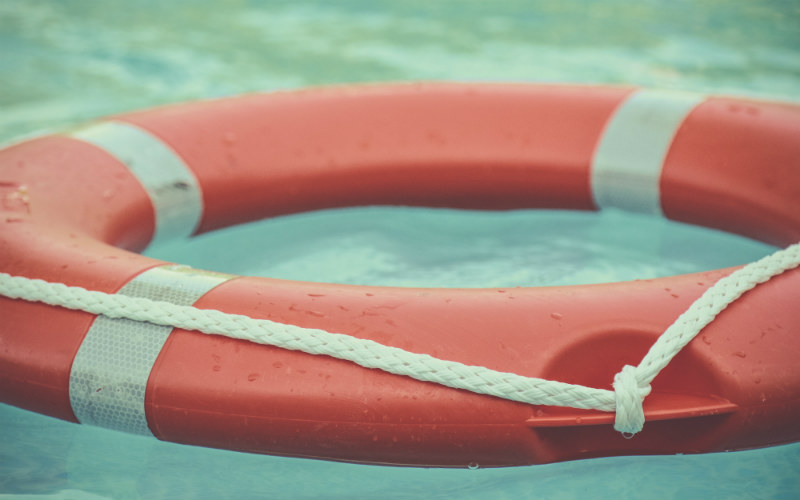

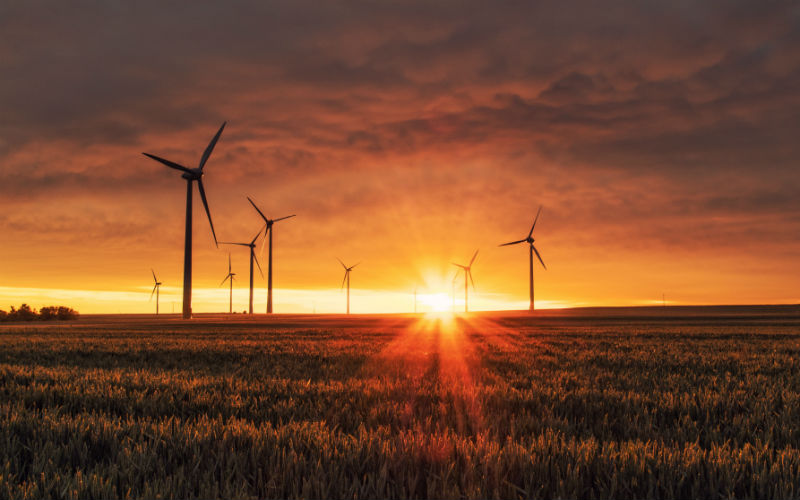
 William Jolly
William Jolly
 Alex Brewster
Alex Brewster